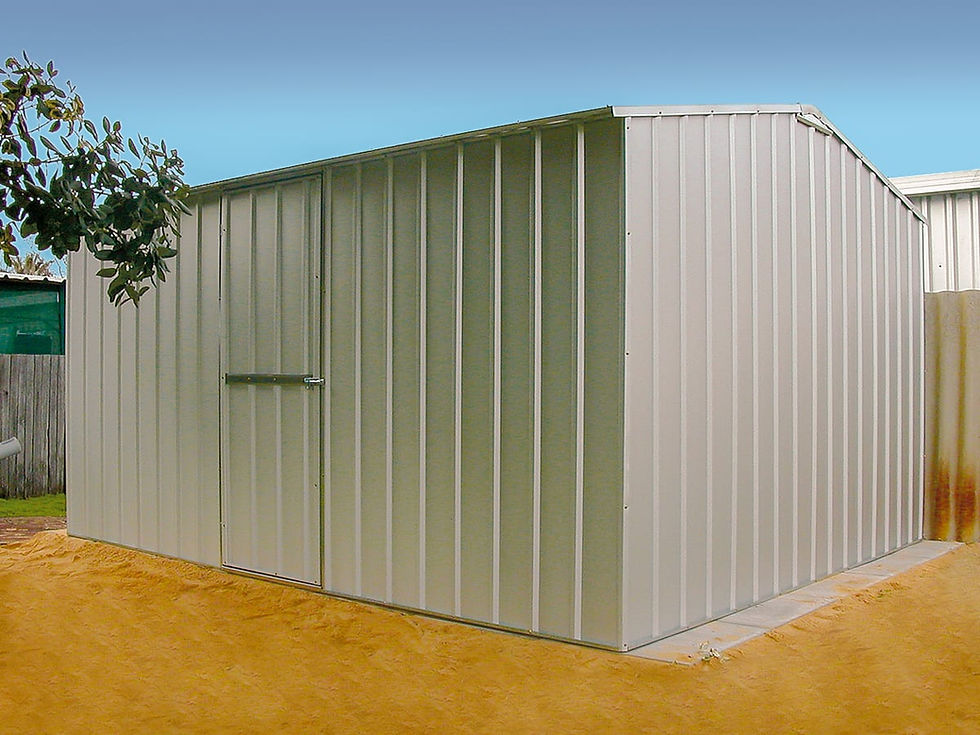An Introduction To Architectural Cladding
- Kiera Peterson
- Mar 13, 2020
- 3 min read
Updated: Nov 6
The first and foremost basic function of the process of Cladding is to protect the surface (mostly metal) on which the Cladding or Coating is being performed. It is a cost-effective solution to fight against the corrosive and abrasive elements present in the atmosphere, in an extremely reliable manner. Heat and/or huge amounts of pressure is applied to the metal (to be used to protect the target surface), which is generally in a powder form or in the form of a foil, to turn it into a substrate form to be used as the coating material.
Different Uses Of Cladding
Now, owing to its varied uses in the avenues of providing more protection to a particular surface and also to give it a distinct look, Cladding has started being used in different industries. Like, different types of Architectural creations have parts of their structures (or the whole of it), like an external wall, coated with a protective layer to shield it from abrasives and the like and different detrimental environmental conditions. Architectural Cladding allows for not only bettering the structural integrity of the architecture but also to give a completely unique style and look, making it a mainstay in present-day architectural designs.
In order to look at architectural creations of the present day, you need to take apartments, residential houses, skyscrapers and buildings in the industrial areas into account. Not only during their construction but also during the renovation of a building, it is becoming the norm of the times to incorporate Architectural Cladding into the build design and style of the piece of architecture. It is possible to make use of the process in very large architectural structures along with it already being used in a building and/or house.

Architectural Cladding In Today's High Rises
Talking about the architectural structures of today that are bound to attract your attention, you have to talk about any city's skyline, which is often littered with a huge range of skyscrapers (eg. Company buildings). Owing to their huge sizes, these types of buildings will always stick out of the lot. So, the architects of such creations are always on the lookout to keep any sort of designs, and the like, to an absolute minimum and make them in accordance with the present day and age. As a result, Architectural Cladding finds heavy use in today's architecture as panels are used in a widespread manner to make the new architectural structures look professional and give it a clean design.
Cladding allows for the creation of a surface on the architectural structures that are both consistent and even, irrespective of whether the coated structure is in an upright or horizontal position. Thus, Architectural Cladding has opened up new avenues for the Architects of today who are eager to give their own creations a distinct style. They give birth to different colors and styles and versions making use of a number of materials, patterns, and textures that fit the requirements.
One of the characteristics of this process is that once it is completed, it makes the surface of its application much more soundproof than before. This isolating characteristic of Architectural Cladding has increased the number of times it is used owing to the fact it was already very alluring as decorations. Also in the new age buildings are constructed in harsh terrains and weather conditions as modern technology allows for it. Cladding helps to maintain a stable temperature inside the structure owing to the fact that it stops the heat or cold effects from outside the structure, from penetrating inside. One of the most commonly used materials for Architectural Cladding is steel, Stainless Steel to be exact, as its polished finish allows for an extremely high aesthetic appeal.
The process is very advantageous in present-day construction as it is easy to use and install, extremely cost-effective, safe to handle, gives a unique look to the structure, and requires very low maintenance. This makes it the perfect choice all around.








Comments